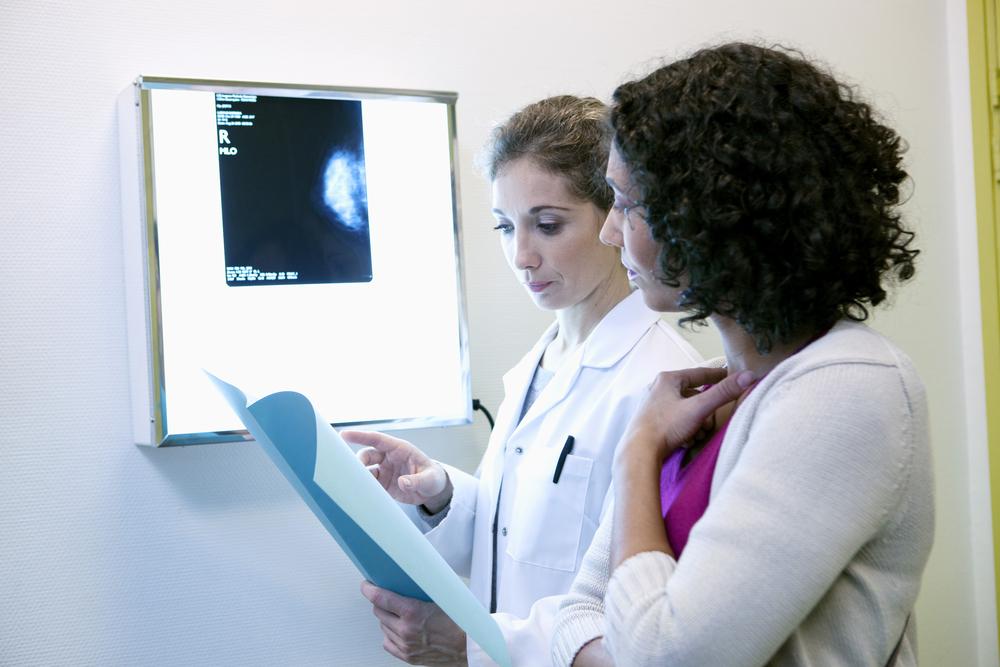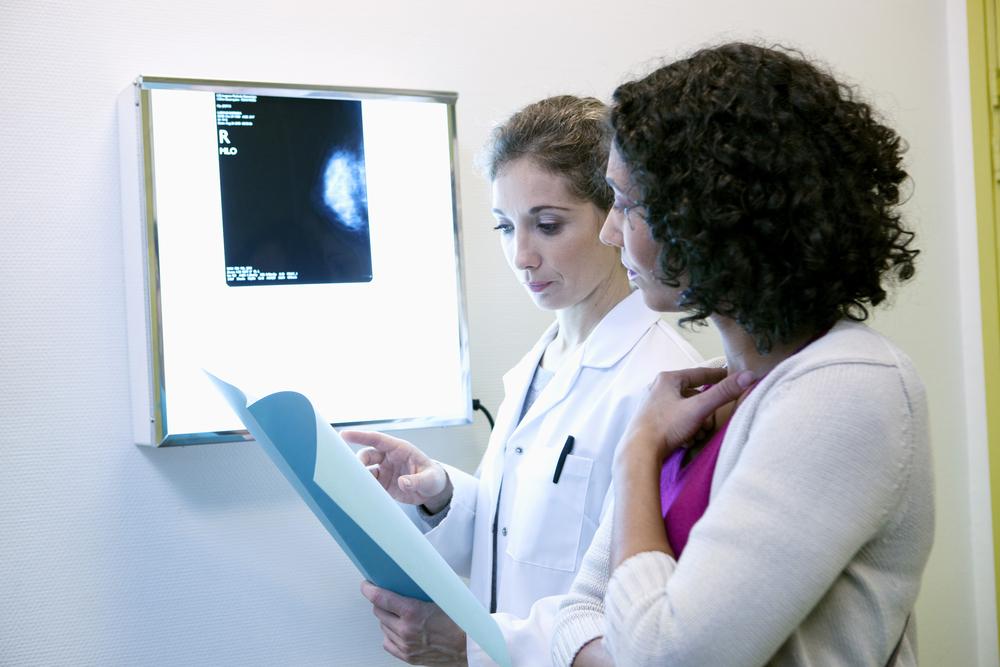Essential Symptoms of Breast Cancer in Women Over 35: What You Need to Know
This comprehensive guide highlights key symptoms women over 35 should watch for in early breast cancer detection. From persistent respiratory issues to changes in breast appearance, understanding these signs is crucial for prompt diagnosis and treatment. Regular screenings and awareness can significantly boost survival chances and improve quality of life. Learn how to identify warning signs early and take action to protect your health with this detailed overview on breast cancer symptoms tailored for women over 35.

Essential Symptoms of Breast Cancer in Women Over 35: What You Need to Know
Breast cancer remains one of the most prevalent and concerning health challenges faced by women worldwide. Its early detection is vital for improving survival rates and effective treatment outcomes. Women over 35 are particularly advised to be vigilant about developing symptoms that may indicate the presence of breast cancer, as the risk tends to increase with age. Regular screenings, including mammograms, physical examinations, and awareness of warning signs, serve as the frontline defense against this disease. Recognizing the subtle and obvious symptoms early on can make a significant difference in prognosis and treatment success.
Breast cancer symptoms vary from person to person, but certain signs require immediate medical attention. By staying informed and proactive, women can catch potential problems early and seek appropriate care. It’s crucial not to ignore unusual changes or persistent health issues, as early diagnosis significantly improves treatment options and survival chances. This comprehensive guide highlights the key symptoms women over 35 should watch for and emphasizes the importance of regular health checkups to detect breast cancer at an early stage.
Persistent Respiratory Symptoms and Lung Involvement
While coughing and breathing difficulties are typically associated with respiratory illnesses like colds or allergies, persistent coughs, shortness of breath, or sore throats silently signal more serious problems, including the possibility of lung metastasis from breast cancer. If these symptoms endure beyond typical illness durations, especially with additional chest discomfort, medical evaluation becomes critical. Lung involvement from cancer impairs airflow, causes fluid buildup, and can lead to serious health complications if left untreated.
Changes in Breast Morphology and Texture
Women should perform regular breast self-examinations and be alert to any variations in shape, size, or texture. Even minor differences, such as a new lump, thickening, or skin dimpling, could be early warning signs. Such abnormalities might be subtle initially but can develop into more serious issues if detected early. Medical assessment with imaging tests like mammograms and ultrasounds is essential for proper diagnosis.
Persistent Skin Changes and Redness Around the Nipples
Skin reactions such as redness, rash, or irritation may often stem from benign causes like skin allergies or irritation from clothing or soaps. However, persisting redness or inflammation around the nipple area should raise suspicion and prompt diagnostic consultation. These skin changes might be signs of underlying inflammatory or malignant processes, requiring prompt medical attention.
Digestive System Symptoms and Systemic Effects
Unexplained bloating, constipation, pelvic pain, or tenderness could be caused by hormonal disturbances or systemic effects of breast cancer. Unintentional weight fluctuation, loss of appetite, fatigue, or abdominal discomfort may signal more advanced disease or metastasis. Recognizing these symptoms early allows for more thorough examination and timely intervention, ultimately improving outcomes.
Unusual Fatigue and Energy Drain
Feeling persistently exhausted, even after adequate rest, can be a subtle but important symptom of underlying cancer. Fatigue associated with cancer is often profound and ongoing, sometimes accompanied by other symptoms like weight loss or mood changes. Persistent fatigue warrants detailed medical investigation, as it may be an early sign of systemic illness, including breast cancer.
Lumps or Swelling in the Underarm (Axillary) or Clavicle Region
Enlarged lymph nodes or palpable lumps in the armpit or near the collarbone often indicate lymphatic spread of breast cancer. These lumps may be firm, painless, or tender and could be accompanied by skin changes or tissue thickening. Identifying such signs early can be instrumental for staging and choosing effective treatment modalities.
Nipple Discharge Without Squeezing
Unexpected nipple fluid, especially if persistent or occurring without squeezing, can be an early indicator of breast pathology. Discharges may be clear, yellow, green, or bloody. While benign causes exist, persistent or spontaneous nipple discharge should always prompt a healthcare evaluation to rule out malignancy and to determine the underlying cause.
In summary, women over 35 should maintain vigilance for a range of symptoms associated with breast cancer. Adopting regular self-examinations, staying current with screening recommendations, and consulting healthcare providers for any unusual signs can greatly enhance early detection. Early diagnosis often leads to more treatment options and significantly improved survival rates. Empowering women with knowledge about these warning signs and encouraging proactive health practices are essential steps in combating breast cancer more effectively and saving lives.





